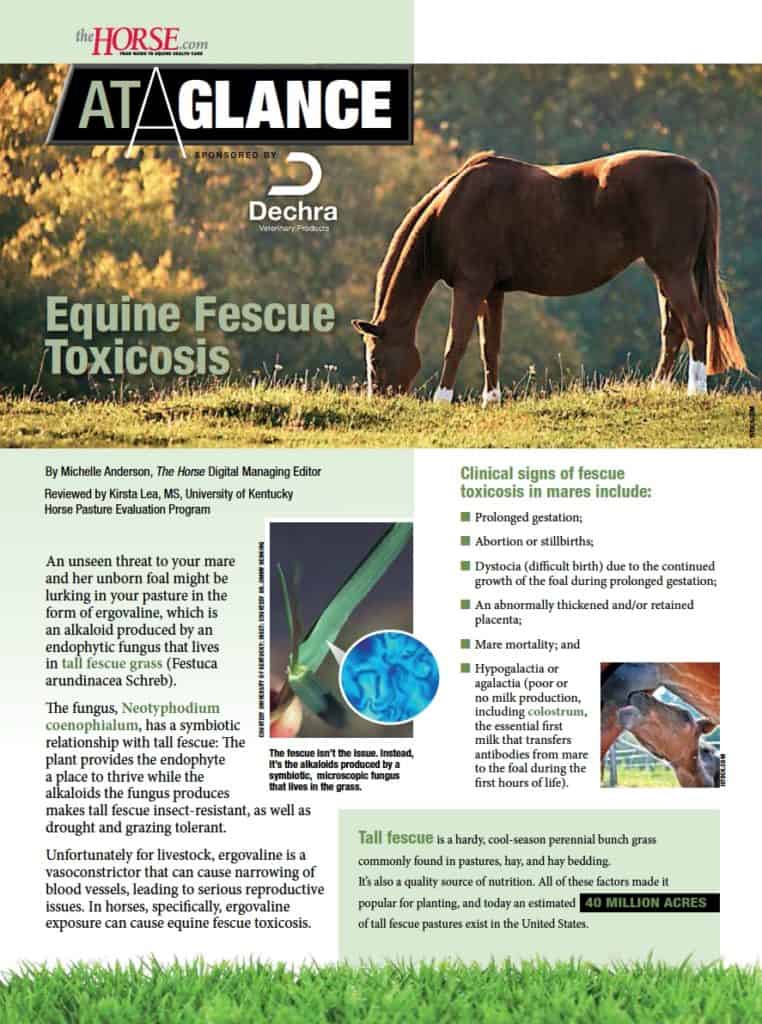
Marion County, Oregon, Horse Tests Positive for EHV
The horse showed acute neurologic signs and was euthanized after his condition deteriorated.

The horse showed acute neurologic signs and was euthanized after his condition deteriorated.

Taylor is studying how Kentucky 31 tall fescue and a novel endophyte tall fescue affect nonpregnant and pregnant mares.

Presentation topics include feeding through a horse’s life cycle, evaluating body condition, nutrition myths, and more.

Dr. Shavahn Loux is studying mares’ microRNA population during normal gestation and experimentally induced placentitis.

What equine biosecurity methods do you use around your horse farm or facility?

Cases of CEM, EHV-1, and more have taught officials how to best prevent and respond to outbreaks.

No other cases of equine herpes myeloencephalopathy, the neurologic disease linked to EHV, have been reported in Texas.
The horse, stabled off Winter Equestrian Festival grounds, has been isolated and tested negative for EHV and strangles.

Vets can use intracytoplasmic sperm injection, oocyte transfer, and cloning to help subfertile mares produce foals.

With EHV cases reported from California to Kentucky already in 2017, get information you need to protect your horse.

Don’t wait for another disease outbreak to brush up on your EHV-1 knowledge.

Have a vet ensure your foal is developing well and your mare is ready for her next mating at her foal heat.

An unseen threat to your mare and her unborn foal might be lurking in your pasture. Learn more about fescue toxicosis.

With a rapidly growing foal on board, late gestation can pose nutritional challenges for pregnant mares.

Researchers recently conducted a study on the effects of starch source on mare and foal hindgut bacteria.

To mitigate the consequences of a disease outbreak, it is important to understand where the disease is spreading.
Stay on top of the most recent Horse Health news with
"*" indicates required fields